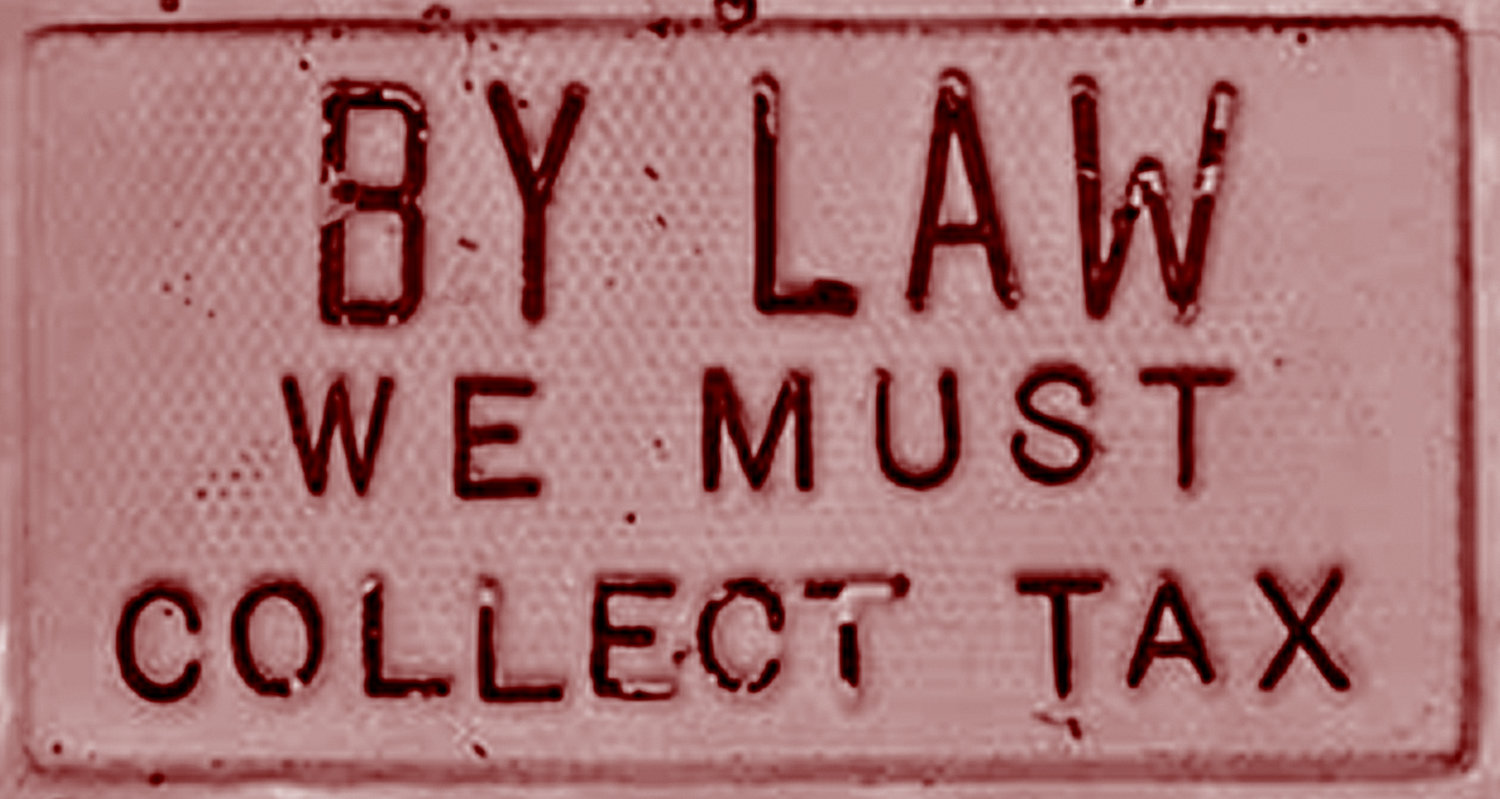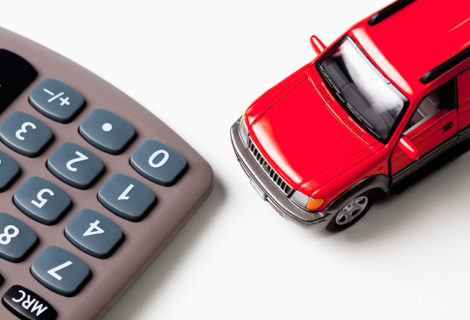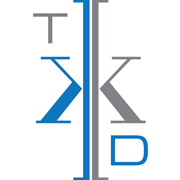Canadian GST and Invoicing Installment Payments
Here are two good rules of thumb for paying Canadian GST: Pay the least you have to, and wait to pay them until the very last minute!
One business tax is Canada’s Good & Services Tax (GST). The 5% tax (as of this writing) is applied against purchases of goods & services except (broadly speaking) unprocessed food and some financial services. Learn more about the GST by reading this TBD blog post.
GST Collected vs. Collectible
Let’s look only at the revenue side. When you charge customers for goods & services subject to GST you have to add GST to the cost. This is called Canadian GST collected or collectible.
‘Collected’ is easy enough. You charge $100, add $5 GST, and subsequently collect $105 from your customer. That $5 you collected will become part of your declaration to the CRA when you netfile* your GST.
[*What is netfiling your company’s GST? It’s when you submit your GST report to the CRA online. It’s only an information-dump; you pay the CRA what’s owed either online through your company’s bank account, mailing a cheque, or going into your bank.]
But what about ‘collectible?’ It means you haven’t got it yet. What if you issue that $105 invoice one day before your GST reporting period ends, and it was not paid immediately? When you netfile, you will have to include that $5 collectible GST (though you don’t have it yet!). It will be added to the amount you will have to remit.
Let me emphasize this key point: You will remit that GST, even though you don’t have it from your customer yet! That takes cash away from your company.
If the total amount collectible is just a few dollars, then it’s no big deal. You can probably take the cash flow hit. But what if it’s more? What if the total amount of collectible GST adds up to a sizable amount that WILL make a difference to you? Is there a legitimate way to postpone having to declare this and pay it later on?
Yes, there is. But you need a professional to set it up and manage it correctly for you.
What I’m talking about in this article is a unique revenue-earning situation where you might not collect GST before you have to remit it to the CRA. Let’s look at illustrative examples.
Installment Payments with Canadian GST
Let’s say you sell a service for $6,000 a year. With GST the total cost will be $6,300. You agree to receive payments monthly for one year.
Method 1) One Invoice, Equal Payments
One invoice created for the whole amount. Equal monthly payments are $525, including GST.
Advantages: Only one invoice; an Accounts Receivable report can quickly tell you the amount still owing.
Disadvantages: Will the customer remember to pay equal payments?; $300 GST is ‘collectible’ when the invoice is created, and so if the reporting period is soon after, you will have to pay it to the CRA before it’s collected.
Method 2) One Invoice, Collect GST Up Front
One invoice created for the whole amount. Collect the $300 GST immediately. Thereafter, equal monthly payments are $500 (excludes GST).
Advantages: Only one invoice; equal payments easy for customer to remember; if the reporting period is soon after then you will have the cash to pay the GST to the CRA when time comes; an Accounts Receivable report can quickly tell you the amount still owing. .
Disadvantages: Will the customer remember to pay equal payments?; $300 GST is collected when the invoice is created – will the customer object?
Method 3) Twelve Invoices, Equal Payments
Twelve monthly invoices are created for the equal payments of $525 (including GST).
Advantage: GST becomes due only as collected through the months – no need to remit it before being collected.
Disadvantages: Will you remember to cut all of those invoices?; will the customer be annoyed getting them each month?; no Accounts Receivable (or any other report) can tell you how much is owed – this will have to be tracked separately.
Technology helps make the third example easier to manage. With your customer’s permission you can set up automatic monthly payments. With this, you can also create, in effect, paid invoices that are sent to your customer after the payment.
Just like in a retail store, you would create and deliver the invoice and collect the GST at the same time. No unnecessary cash drain!
Summary
Annoying or not, we have to report the amount of Canadian GST that was collected or is collectible. On the revenue side, we should try to avoid issuing invoices that include a large value for GST that is collectible, i.e. not yet collected. By managing how you issue invoices you can prevent sending valuable cash to the CRA before necessary.










